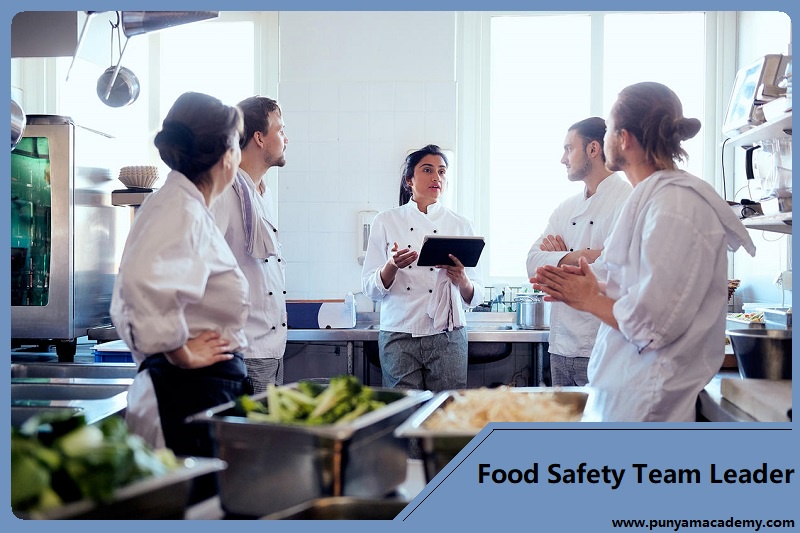Leadership is not a designation; it is demonstrated by action and example. These are the folks who make the best food safety team leaders! Simply put, a food safety team leader is not only technically competent but also exhibits a combination of technical and leadership abilities and can inspire others to do the right thing even when no one is looking.
Food safety team members will look to their leader for product and process knowledge and expertise, as well as advice on other food safety management system standards. A food safety team leader should ideally be knowledgeable in the following areas:
- Food safety risk refers to the organization's products and processes
- Specific understanding of HACCP
- In-depth knowledge of the Food Safety Management System Requirements.
The Food Safety Team Leader is also in charge of organizing team activities and should have good administrative and communication abilities. In effect, the team leader serves as a liaison between top management and the rest of the food safety team, and he or she is critical in spreading the concept of an ideal food safety culture. The primary goal of a food safety professional should be to establish a food safety culture rather than, as in traditional food safety management, focusing on system implementation.
Did you know that businesses with a strong quality culture make 46% fewer mistakes? Leaders can take advantage of this potential in part by putting a strong emphasis on developing employee trust. Employee trust has the strongest impact on culture strength; for instance, on average, 63% of employees trust their leaders, but this number can increase to 83% when this trust is acquired through reliable and trustworthy acknowledgment of employee success. Also, leaders encourage employee trust to result in fewer errors in food safety. Here are three quick reminders that must implement immediately by the team leader.
Build the Food Safety Credibility: As a company leader, your every message and action is analyzed by others around you. By increasing the grasp of your company's specific food safety risks and hazards, individuals may close the commonly perceived gap in leaders between message and conduct and demonstrate that you value food safety as much as people's safety and financial performance for a company's success. One corporation, for example, dispatched its recently appointed Chief Food Safety Officer on an intense road tour to a series of round tables with regional staff.
Truly Understand the Change: Recognize that the same neurological response is triggered when employees lack access to food and water as a result of a change that makes them feel threatened. The ability to survive change is at risk. By being aware of this, food safety leaders may better prepare for the change, assist staff in staying focused, and reduce errors. For instance, one business chose to create a straightforward checklist for a particular food safety activity to reduce complexity and give employees a sense of control while also reducing workload. Also, providing HACCP Food Safety Certified Auditor Training can give confidence to team members to survive in changing situations.
Be Open and Vulnerable When Discussing Food Safety Maturity: By denying the possibility that your food safety culture has to be strengthened, individuals just create blind spots. So, take the initiative, evaluate the culture's approach to food safety, show vulnerability, and find out what you and your team should do next to prevent a deadly food safety incident. As an illustration, one business with almost flawless health and safety regulations decided the decision to learn "the undisclosed factors" of its food safety culture. Perhaps as a result of a very strong culture of continuous improvement, this company accepted the findings, established employee leadership, and set up "culture" working groups to sustain the strength of its food safety culture. To develop your food safety culture, you must, as a leader, be food safety credible, have a thorough understanding of how change works, as well as be proactive, and honest about your measured stage of food safety maturity.
Source: https://foodsafetystandard.wordpress.com/2022/12/30/how-a-food-safety-team-leader-builds-a-culture-of-food-safety-in-an-organization/


No comments yet